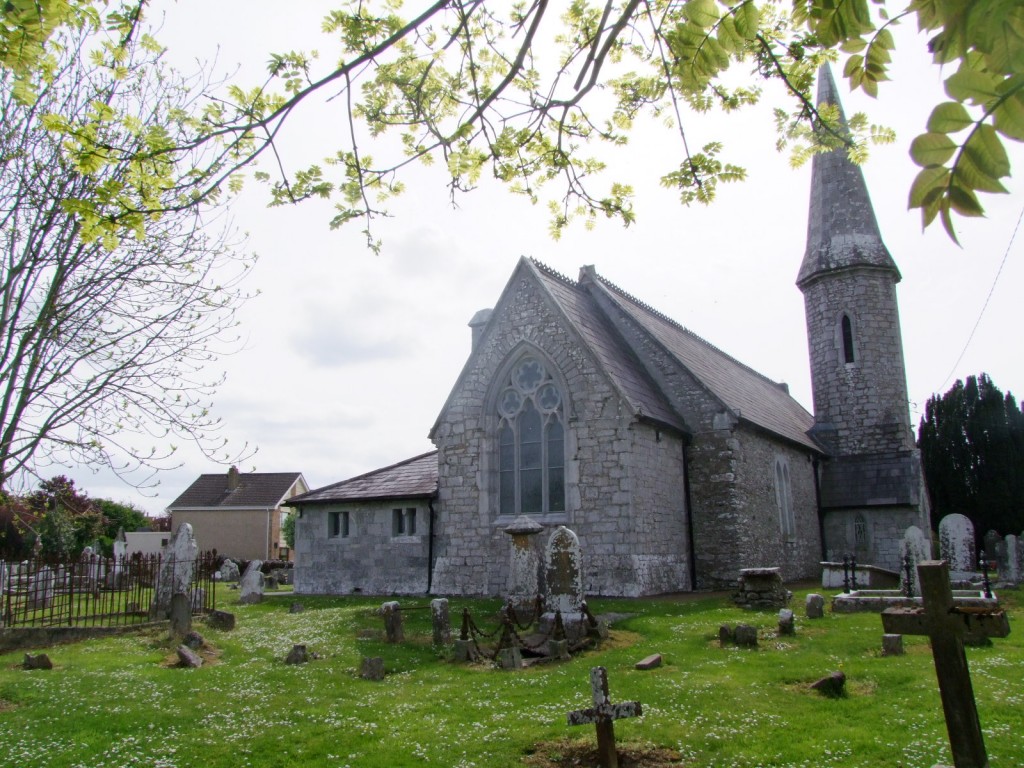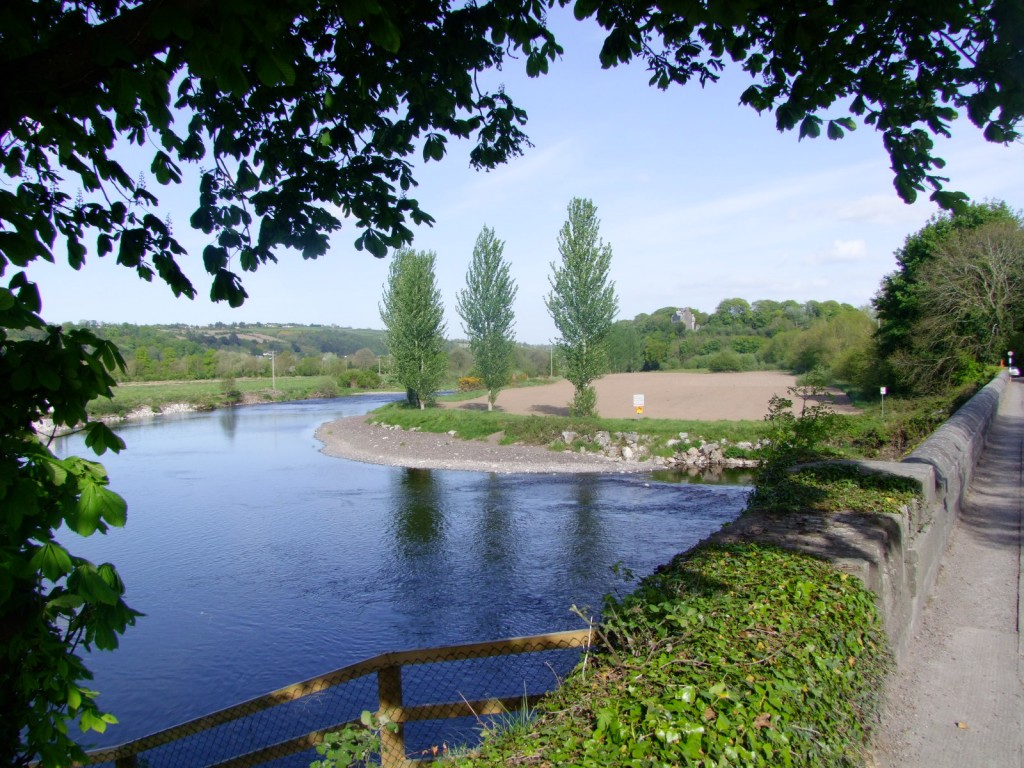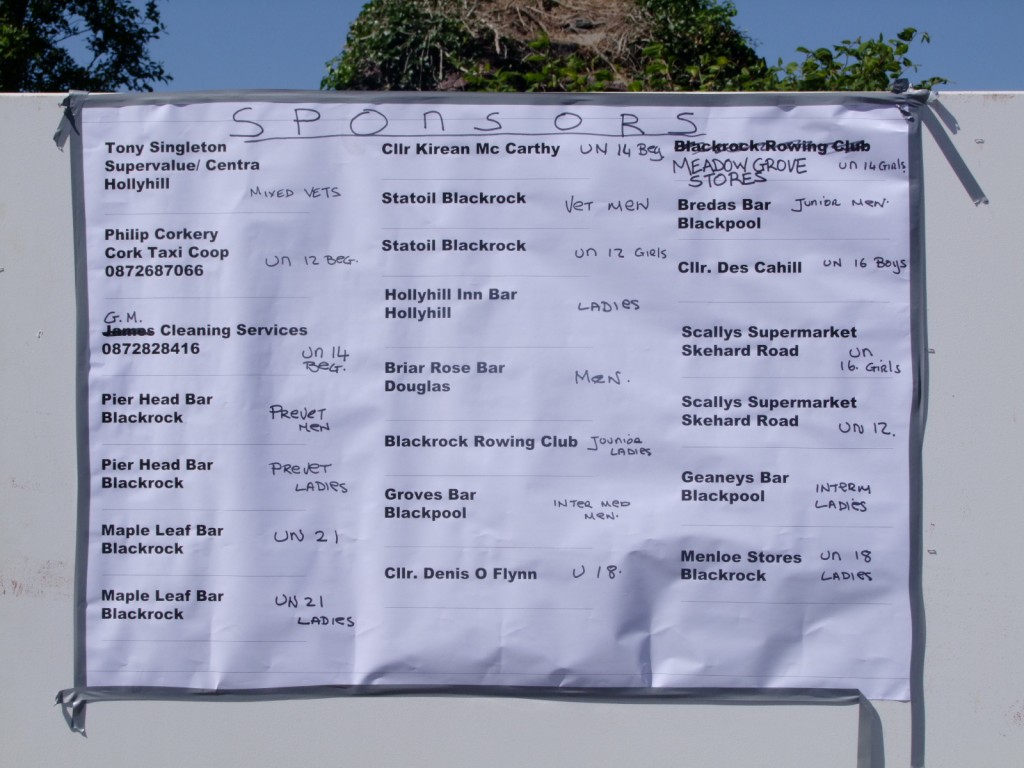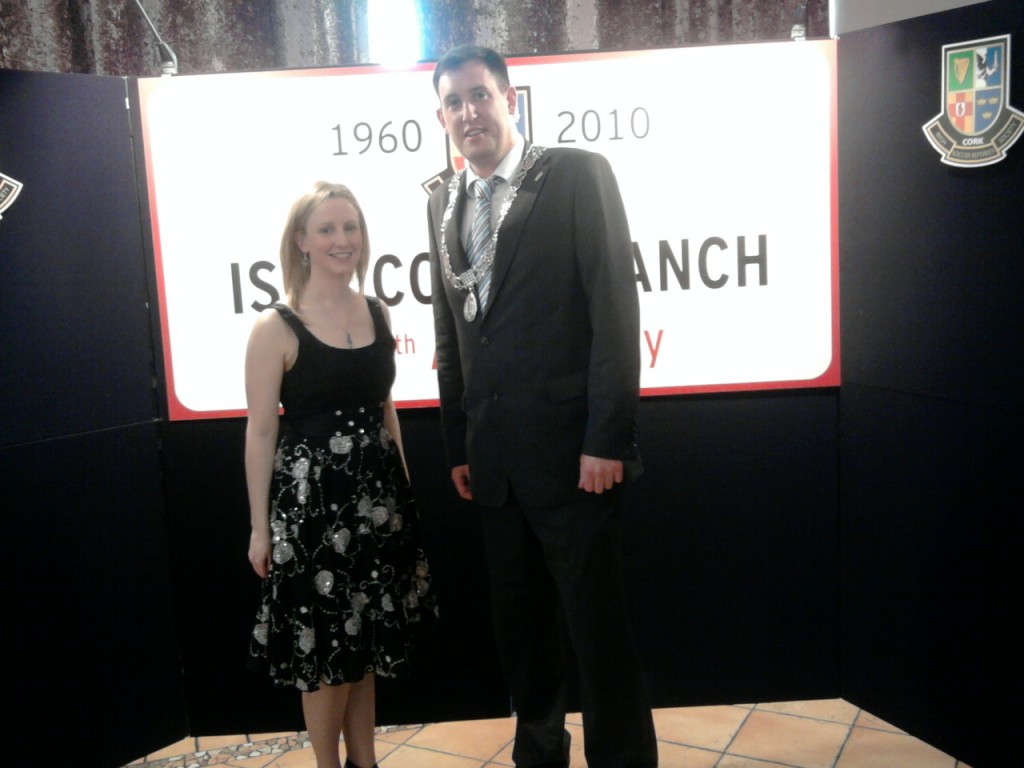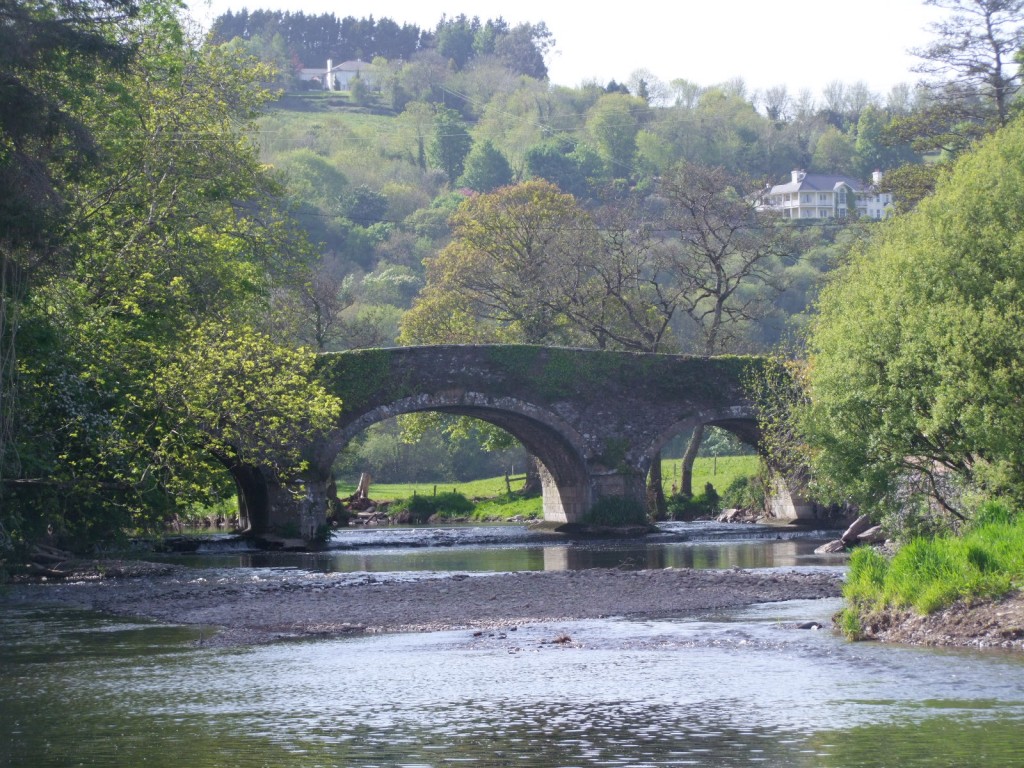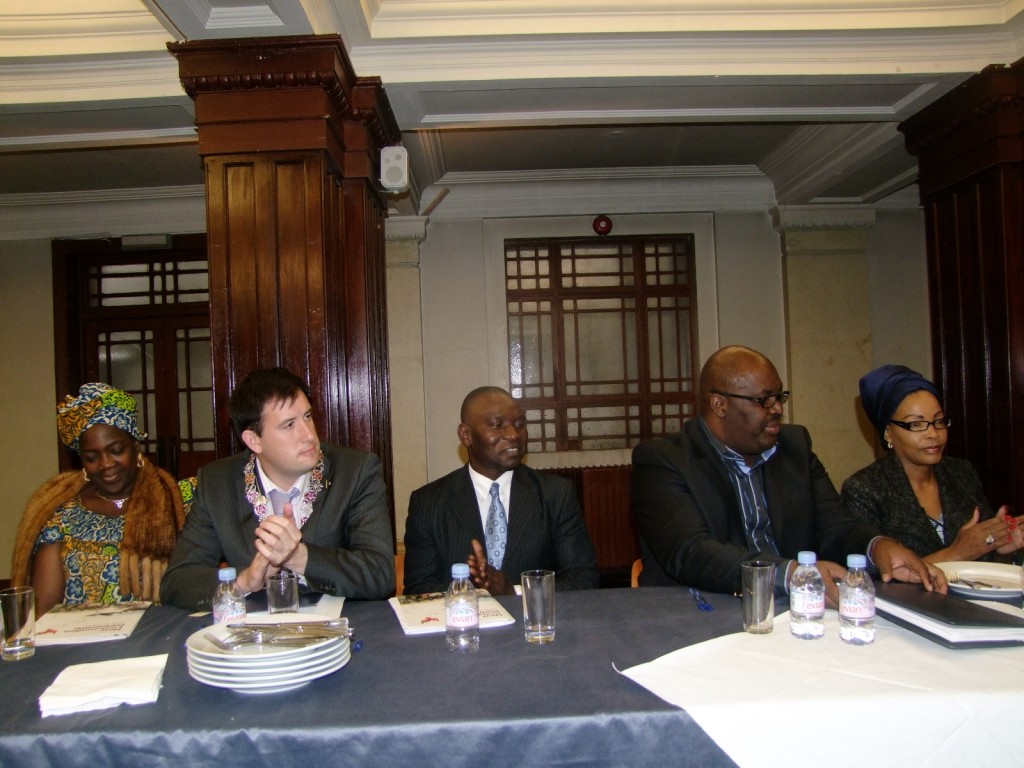
Kieran’s Speech, Deputy Lord Mayor, Conference, Africa in the 21st century, Cork City Hall, 21 May 2010
“A New Scramble for Africa”
Ladies and gentlemen,
Many thanks for your invitation this morning.
I’m going to start with a confession. I’m a born and bred Corkman. You’ll hear it my accent. My DNA is bound up with this windswept Atlantic facing city. My views –convictions, education, beliefs, values, traditions and outlook are bound to Ireland’s second city and its place in Ireland, an island rock within Western Europe.
I’m a historical geographer by trade and have an interest in how people interact with places. I’m an avid fan of the power of cultural heritage, education and the development of peoples’ talents. I have never been to Africa, even though I went to Cork Schools that were big into supporting the missionaries in African countries and the age of Live Aid.
I grew up in a time when migrant influx into Ireland was minuscule and globalisation certainly was not a major issue as it is today. Of course that has all changed rapidly in the Ireland of today.
I have never been to Africa and since I got elected I have had the opportunity to listen more to African citizens now resident in Ireland. I always think that everybody has a story to tell and that everybody can contribute to our society if they so wish. Reading up on the challenges faced by Africa today, I was intriqued by the quotes of Kofi Annan of the United Nations that seem to pitch many questions for debate on the future of Africa.
I quote:
· “No society can develop without focusing on three pillars:
1 Security and safety for the population
2 Economic and social development
3 Respect for the rule of law and human rights”
· “Some crimes are so shameful, and shame us all, that we cannot attribute it and leave it to others to respond and that we all have to act”
· “Almost every [African] government is now elected; communication is making a difference; civil society is becoming very active; and people know their rights, are beginning to understand them and are demanding them”
· “The poor don’t really want a handout. They want to trade themselves and work themselves out of poverty”
· “[Global warming] is having a real impact on communities and individuals [in Africa]; either by sustained drought, water stress, or changing weather patterns that destroy agricultural production
· “Africa is changing, the momentum is building in the right direction, and we should help them move on”
And one from Bob Geldolf
· “I think there is no doubt there is a new scramble for Africa underway”
These are all broad themes which range from physical developments to the nature of what government should do to democracy to the nature of community to the human condition itself. The canvass is enormous with different physical geographies with an enormous population .
The last decade of the 20th century seems to bring much hope. The last African colony, Namibia, became independent at the beginning of the last decade, majority rule was established in South Africa, and there was a revival of democracy in many parts of Africa.
Perhaps more so than ever there is a global demand that peace, prosperity and cultural revival will emerge in Africa, or is used to draw attention to the need for such an evolution. However, the continuing Darfur genocide, manipulation of elections or completely ignoring the elections or the outcome of elections by some leaders diverted Africa’s attention from more urgent issues of civil wars, AIDS, malaria, and education.
At the moment, Africa is the only continent where poverty is on the rise. Over 40% of the people of sub-Saharan Africa live below the international poverty line of US$1 a day. Africa’s share of world trade has plummeted, accounting for less than 2%. More than 140 million young Africans are illiterate, and Africa is the only continent where the number of children out of school is rising.
Africans in both the Diaspora and the continent have entered the 21st century still confronted by the hard realities of entrenched poverty, general underdevelopment, death from curable diseases, illiteracy, international marginalisation, and questions over prospects for rates of growth and development that will close the gap between themselves and the rich countries.
Africans on the continent and in the Diaspora are today confronted by a world of financial, investment, and trade regimes which unfairly favour the developed world and which prevents them from improving their quality of life. Skewed investment patterns, unfair trading systems, and a gross imbalance in terms of access to productive capital continue to undermine development efforts in the African and developing world.
Investment in peace, health and education are recognized by many African leaders as essential elements for economic and social emancipation to make the 21st century the African Century. In order to generate sustainable progress, there needs to improvements in the dialogue and actual resolutions between continents
Being responsible seems to a key issue in resolving any debate on Africa. But being responsible brings its own issues. I broke the word Responsible into its constituent parts and came up with the following.
R – real life issues involved
E – energy needed to deal with issues
S – society and its complex processes
P – parts, different parts of the process
O – opportunities that arise
N – negotiations needed
S – strategies needed
I – ideas needed
B – Unknown
L – levels that change need to occur on. Local, national & international
E – empowering needed to get the process moving
However, even if one takes all these steps you may be presented with further steps; As Nelson Mandela notes:
“After climbing a great hill, one only finds that there are many more hills to climb.“
But perhaps we all have to start somewhere. When the fire of debate and hope goes out, then we have larger problems with our own souls,
They are just are a few points. I wish you well this morning in your discussions and debate and many thanks again for the invitation.





























